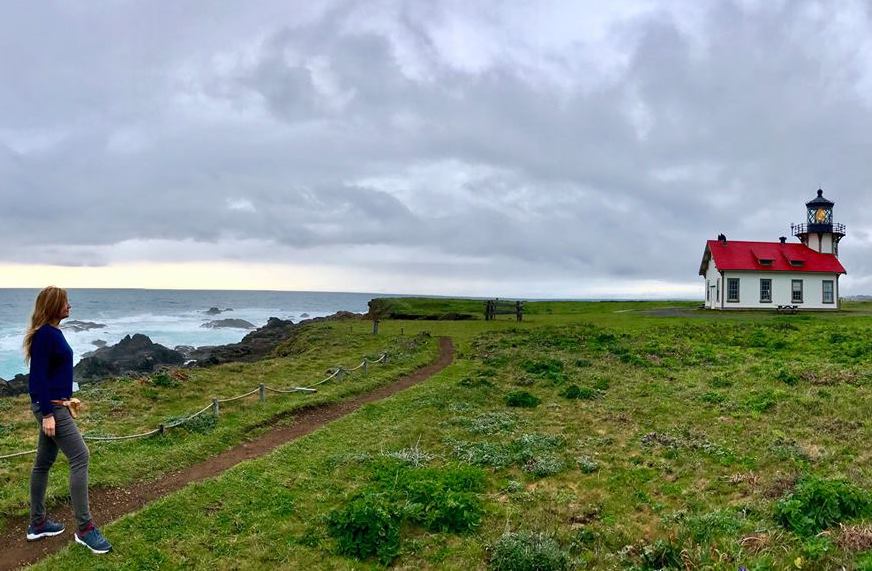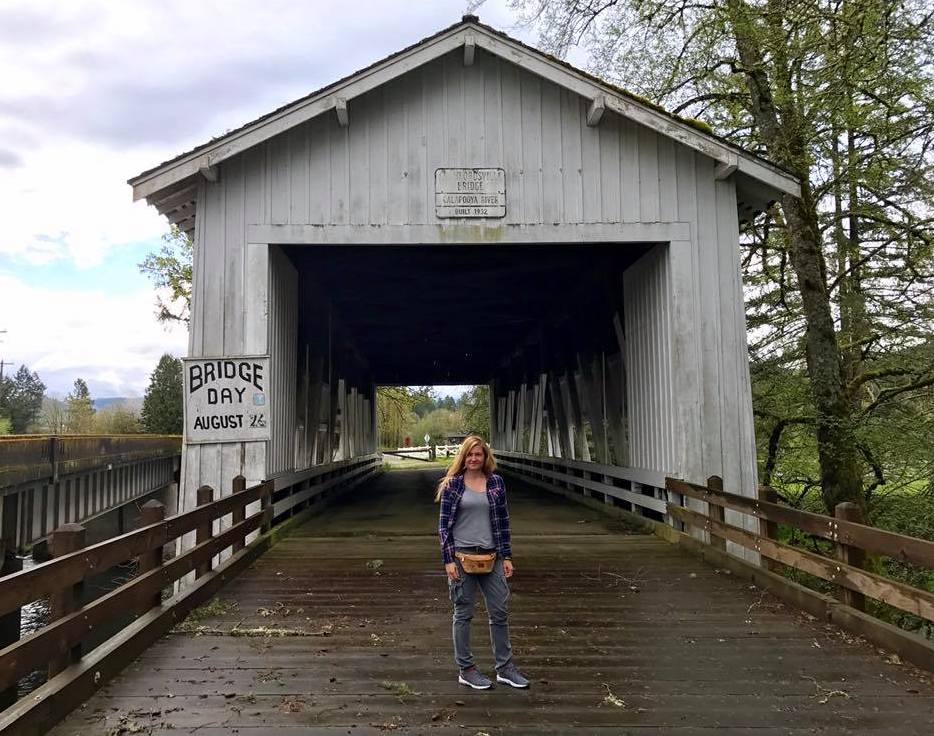


In Italian
Visit the Painted Hills it means to have the chance of reaching a one-of-a-kind place, included – rightly – among the 7 wonders of the state hosting it, Oregon.
Discover and explore – through suggestive paths – rocks and hills dating back to millions years ago and enjoy the kaleidoscope of colors and the thousand shades they give during the several phases of the day, from dawn to sunset.
Red, orange, amber, bronze painted hills and then suddenly depressions of dazzling white.
And again yellow and ochre promontories following one another without any logical thread like the painter’s palette dripped by chance on a white canvas, contrasting with the dark blue of the sky, conveying the idea – going beyond every imaginable scenery – of a surreal landscape.
Have a look at the video below – shot over one day – and you’ll understand what I mean.
The Painted Hills – precisely Painted Hills Unit – are part of the wider John Day Fossil Beds National Monument, the greatest “holder” of fossils in the world. Starting from those ones dating back to 60 millions years ago.
The entire park develops over about 60square km and divides into three units: Sheep Rock Unit, Painted Hill Unit and Clarno Unit.
The first one is a boundless fossil basin crossed by the very beautiful Blue Basin Trail, while the third one gives the amazing view of a Eocene-era forest completely sealed and petrified because of a volcanic mudflow.
To visit them all reckon at least two days with a stay overnight, considering also the distances – about 200km – between the two extreme units.
The Painted Hills are for aspect, suggestions and “special effects” the great attraction of the National Monument.
They are made up of several colored streaks created following the volcanic stone sediments heap dating back to 30 millions years ago and surprising kept over time.
The rarefied atmosphere, the wind and the play of light and shadows between sun and clouds in the sky make this place – if possible – even more charming and magic.
A downright lunar landscape in some traits – the Ranger of the small Visitor Center tells: he adds that in the 1960s the astronauts of the Apollo 11 were sent by NASA for some weeks among the Painted Hills, the Blue Basin Trail and the furthest Newberry Volcano National Park to test the equipment and simulate the moon landing, since those sceneries are practical identical to the lunar surface interested in the “moon landing”.
Visit the Painted Hills requires at least a half day, above all if you want to go over all the park’s trails and reach the several overlooks.
They are extremely short and simple paths that can be made by everyone.
The Carroll Rim Trail is a loop of about 3km with a drop of 150meters allowing to admire the Painted Hills from a privileged position.
At the beginning of the path there’s a small parking area.
The big parking lot located on the first slope on the right takes to the Painted Hills Overlook Trail, one of the most suggestive overlooks in the whole area developing through a 1km trail and which offers several views of the main hills.
A very exciting and very simple path – little far from the Carroll Rim Trail – of about 1/2km on a wooden footbridge through the red hills of the Painted Cove Trail first and then on the hills (about 30 meters) on their back.
Keep going along Bear Creek Road on the right you run into a 500meters path – with a small parking – taking to one of the greatest fossil reservations in the world.
A sort of never-ending work in progress yard where fossils dating back until 60 millions years ago are studied and catalogued. You must follow the marked path without jumping over and it’s absolutely forbidden to take away with you even the smallest fragment of stone.
It’s one of the most recent paths in the park.
A walk of a half km which goes round the Red Hill, the mammoth red hill located almost at the limit of the Bear Creek Road stretch that can be travelled over: immediately after the dirt patch becomes impassable and the road is often closed due to landslides and sinking.
The Painted Hills are located in Central Oregon: usually they can be reached from the coast through Sisters and Bend – in about 160km – and crossing the suggestive Hwy 26 and the Ochoco National Forest.
The small town of Mitchell, 25km far from the park’s entrance, is a well supplied little town, ideal for a lunch stop and also stay overnight if you are going to visit also the other Units of the John Day Fossil Beds National Monument.
Once left the Hwy 26 follow the dirt road of the Burnt Ranch Rd as far as the small Visitor Center on the left: ask the ranger for the park’s map and drive towards the first stage, the Carroll Rim Trail.